While I was in traveling in Europe, my friends at 800CEOREAD reached out to talk about X. I was so focused on production and printing that I’ve almost neglected letting people know that the book is finally getting released! I took the time to answer a handful of questions. But, I didn’t reply quickly. I took my time to share the depth of what X explores and how it will help you.
“Here’s the thing. Experience is the brand. Meaningful and shareable experiences are now forms of marketing.”
—Brian Solis
800-CEO-READ: You begin by telling us that marketing and advertising are generally prioritized ahead of investing in experience, yet it is a customer’s experience that leads to the most influential and effective advertising there is—word of mouth among customers. So, how do we go about changing that mindset, and redirecting resources accordingly?
Brian Solis: You’re exactly right and that’s where this story begins. Customer experience means just that. It’s the experience a customer has. What makes this so important is that in a connected economy, it’s also about the experience that people have and now share online. That moment stays on the internet. It doesn’t go away. And over time, shared experiences build upon one another forming a collective ensemble of people’s sentiment toward a company or product.
And here’s the thing. Experience is the brand. Meaningful and shareable experiences are now forms of marketing.
Today, companies react to experiences and try to shape them by marketing at people. As a result, experiences are unpredictable and left to chance. Why is that okay?
In X, which stands for “experience,” I introduce experience architecture over brand architecture so that companies can shape experiences by first designing them and bringing them to life in every aspect of the customer journey. Because that’s what customer experience is, the sum of each engagement a person has with a company, at every touchpoint, throughout the customer lifecycle. More importantly, customer experience is a series of emotions that marketing can’t shape, nor should it, in the long term.
Experience architecture becomes the new brand style guide to inspire and govern the entire journey… starting with company values, vision, and product and support design
800-CEO-READ: On the other hand, you share the story of a great Coca-Cola campaign—in which drones delivered cokes to migrant workers building the skyscrapers of Singapore—as a great example of a brand delivering an experience, or perhaps an experience delivering a brand. But, in this case it was surely a marketing team that came up with the “happiness” slogan, pinpointed the optimal time and most refreshing time for a Coke (during a work break at a physically demanding job), designed the ad campaign, made the savvy decision to work with the Singapore Kindness Movement to deliver thank you messages from Singaporeans on the ground along with the Cokes, and captured it all on film. This seems like an example of an ad campaign (as is the Nike soccer ad you reference soon after) delivering the experience—even if it isn’t a traditional campaign. Where is the overlap of advertising and experience architecture occurring right now? Is the line being erased? Should it be?
Brian Solis: These are indeed examples of “experiences as marketing” and marketing of experiences. The difference is important. The book covers the entire journey and in this particular section, I intended to introduce the idea that experiences as marketing work when the brand stands for something. It’s one of the reasons why I share Coca-Cola’s mission statement. These examples bring to life the experience the brand states it will deliver. And it attempts to do so beyond marketing but also throughout the customer journey.
However, I share stories throughout the book that capture best-in-class experiences in each moment of truth. The only company I discuss about being methodical about experience architecture at every step is Apple, chapter 8.1. There I detail every step of the iPad journey. The chapter was so detailed that it was a small book by itself. I think we cut 4,000 words from that section alone. It really is quite remarkable to what extent Apple thinks through the entire experience. They’ve literally designed it. And, I guess that’s the point. The importance of design is elevated to the executive level. Sir Jony Ive is much more than the company’s chief design officer, he’s also its chief experience architect.
800-CEO-READ: I’ve mentioned the Coca-Cola ad, and Apple is featured throughout the book (including the full treatment you discuss above) as a company that exemplifies delivering great, seamless customer experience. And they both do deliver great experiences—so great that both are widely recognized as addictive experiences, and not necessarily healthy at the levels we’re using them. Is there any onus on companies to craft experiences that not only benefit their bottom line, but also take into account the effects of that prolonged experience on the health of their consumers?
Brian Solis: I share many stats in the book to help offer new perspective and also create a sense of urgency. In one stat I share that customers are willing to pay as much as 25% more for a product they believe they will have a great experience with it. Imagine if a company invested in experiences throughout the lifecycle. Not only is profitability on the table but customer retention also increases. Great experiences deliver great ROI. So, yes, the onus is on companies to invest in experience and new models to support them, to cultivate long-term, lucrative relationships that are also mutually beneficial.
The key word here is relevance. You either compete for it or you don’t. But I promise you that if you do not disrupt yourself, the gift of disruption will be given to you by someone else. There is a disruption event on the horizon of every business and it’s just a matter of time for everyone.
Oh, and stop looking at your competition to see what they’re doing. Start looking at other industries that are delivering on amazing experiences and apply it to your work. Anything less is just an excuse.
800-CEO-READ: You mention that if we are going to focus on specific technologies, it should not be social media technologies but those we implement internally and in our front-line customer interactions, and that we must be deliberate about that process instead of implementing the latest “shiny object” technologies, platforms, or devices. What advice can you give in this regard?
Brian Solis: Customer experiences are broken because the customer engagement model is broken. Today, CX (customer experience) is governed by each different group that’s responsible for their portion of the purchase funnel. They use different technologies, are managed by different and sometimes competing metrics, are striving to achieve varying forms of reach and engagement that may or may not complement one another. Said another way, brands are made, and not cultivated through experience or relationships for the most part. Technology is often a crutch or a band-aid rather than an enabler of a vision for customer experiences.
For the most part, strategists still over-rely on broadcast approaches to talking at markets and audiences, use technology to scale and pursue efficiency at the cost of intimacy.
We can’t think technology first. I call that mediumism in the book. We have to think of people and experiences first. Then technology brings to life, in meaningful ways, experience architecture as designed and as optimized for each platform.
800-CEO-READ: You tell us that the borders between brand experience, user experience, and customer experience are crumbling, and that these fields are largely becoming one connected discipline. How is that happening, and how does a “data artist” support all of this? Following that line of thought… this reminds me a bit of the blurring of boundaries between anthropology and sociology. And, in fact, you describe how many companies are now hiring anthropologists to help study human behavior and improve their user experience. That’s fascinating to me. Oddly, it seems like most people agree that, as technology advances, considering human relationships and human nature matter even more. Do you think this will become the norm in companies across the board?
Brian Solis: Well, to be clear, I say that CX + UX + BX = X (Customer experience + user experience + brand experience = Experience). It’s a simplified formula to say that we should all work toward experience and that the principles and ambitions of each should ratchet up the organization under one, common, executive order. Experience and thus brand and customer relationships is the culmination of technology + humanities. I go into great detail about the advantages of each discipline and how each (and more) can and should work together.
One of the problems is that many executives are blind to the very people they need to thrive. They don’t live their brands the way customers do. So the idea of social science, including anthropology, ethnography, psychology, et al. offers a human-centered perspective that then serves as the essence of empathy and ultimately as the mission and purpose of a brand and the experiences it wishes to bring to life. A data artist as I introduce is not the data scientist that “Moneyball” fanatics are investing in as big data becomes bigger. Instead, it’s a role that looks at small data and applies human filters to ask different questions, which begets different answers.
800-CEO-READ: How does storytelling tie into all of this, and how can we tell a story through an experience—throughout time, in real time, and in real life? How does that change the stories we tell?
Brian Solis: I explore the different approaches to mapping customer journeys including traditional journey maps, experience maps, and experience flows. I also take a step back to learn about storyboards, specifically Disney’s and Pixar’s approach to them. I initially thought that storyboards were a form of illustrating an animated movie to save money on costly edits prior to production. That’s only partially true.
After spending time with former Pixar artist Nicholas Sung, I learned that storyboarding is the most important part of every story ever produced. It forces artists and storytellers to think through the story arc, characters, moments, to make each believable, engaging, entertaining, and more personal.
Storyboards are so critical to experience architecture that I dedicated an entire chapter to the subject. The process, as you see, forces brands out of the rut of creating brand-centric stories from a creative perspective and instead start from a position of empathy. The resulting stories are not only different, they’re meaningful and believable. In the book, I talk about AirBNB’s “Project Snow White” and how the company worked with Sung to rethink (and better understand) the renter and owner journeys. They learned so much more than they imagined. It completely changed the company’s approach in every moment of truth because they understood all of the dimensions affecting it before, during and after each stay.
“One of the problems is that many executives are blind to the very people they need to thrive. They don’t live their brands the way customers do. So the idea of social science, including anthropology, ethnography, psychology, et al. offers a human-centered perspective that then serves as the essence of empathy and ultimately as the mission and purpose of a brand and the experiences it wishes to bring to life.”
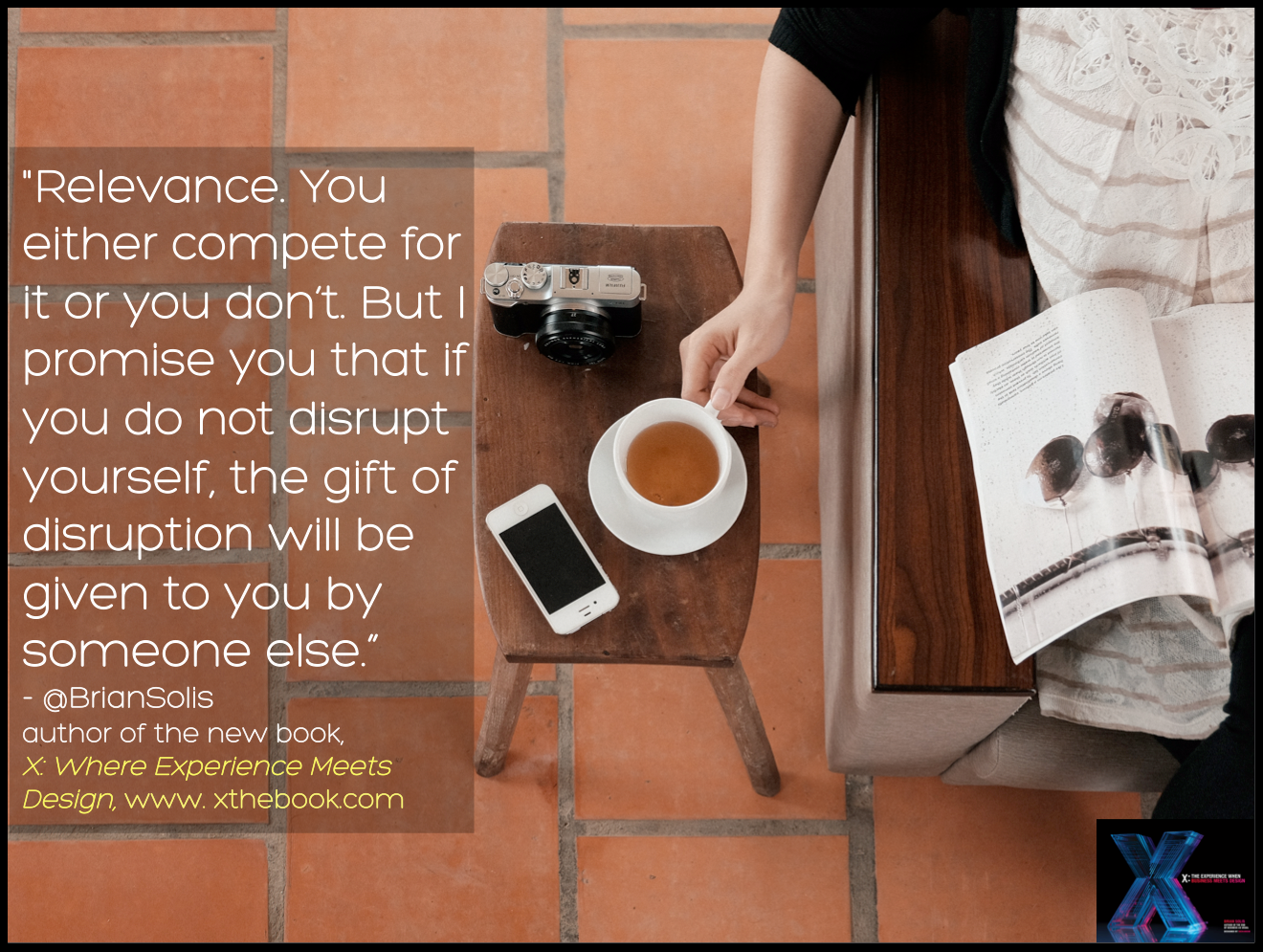
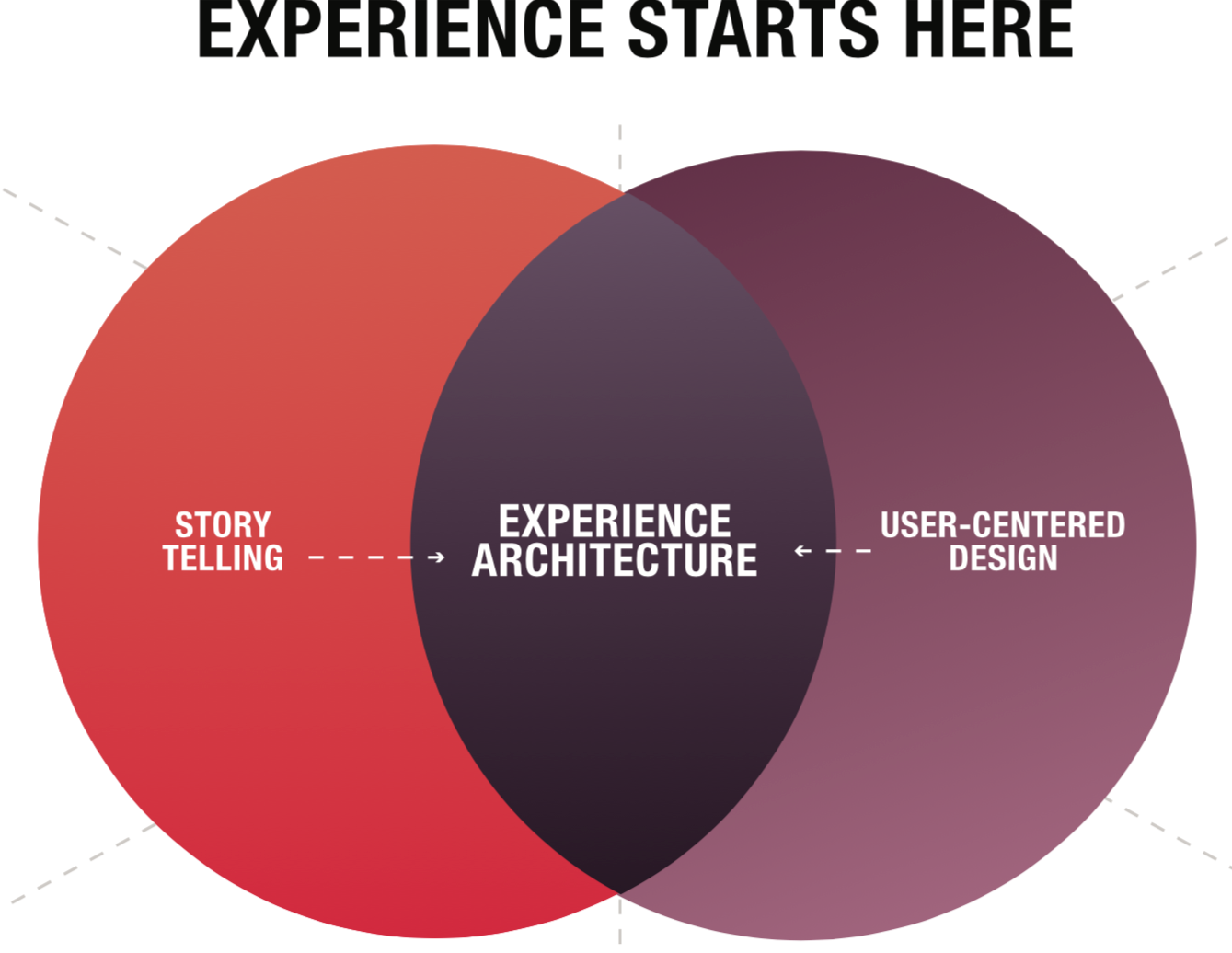
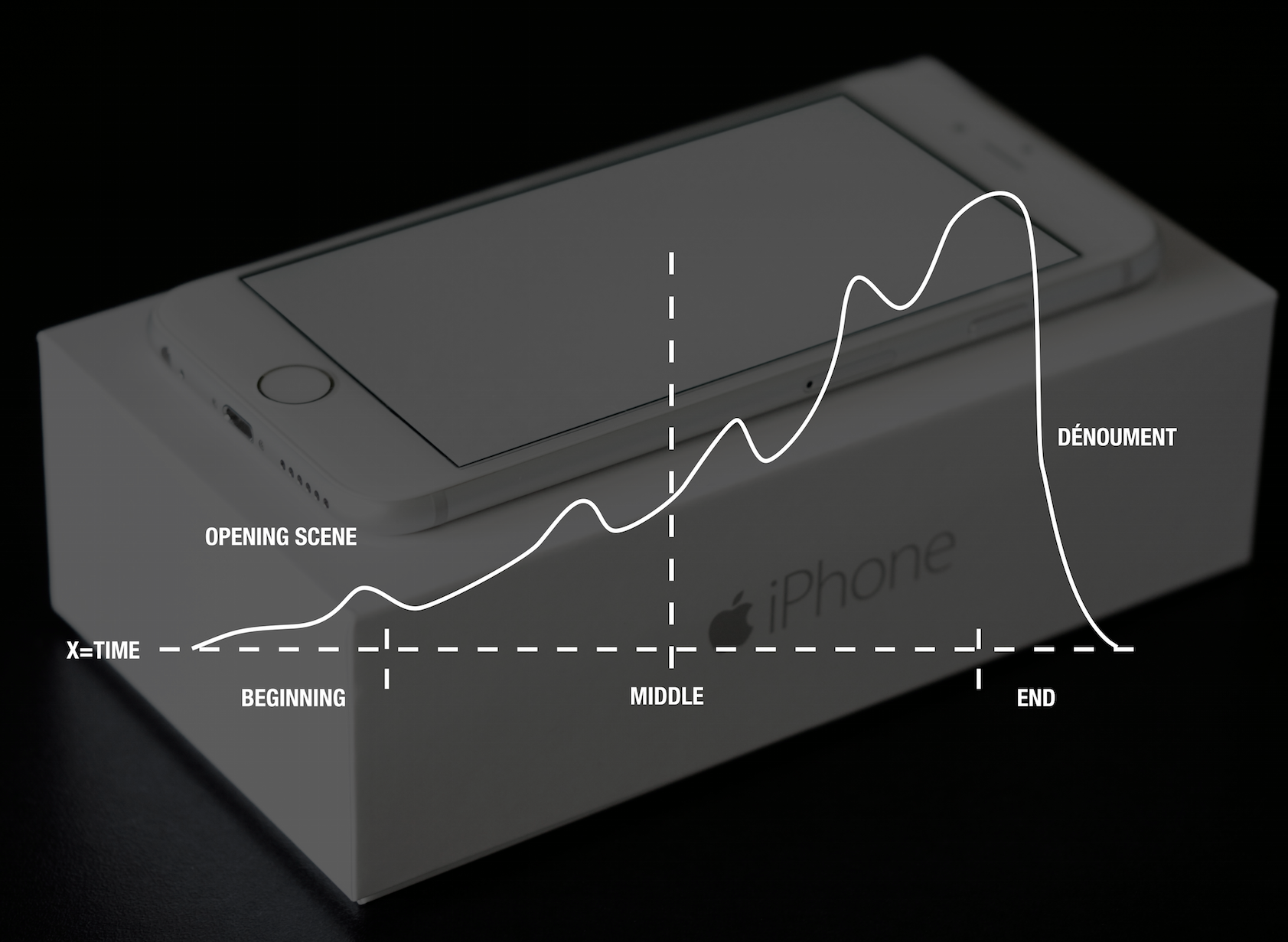
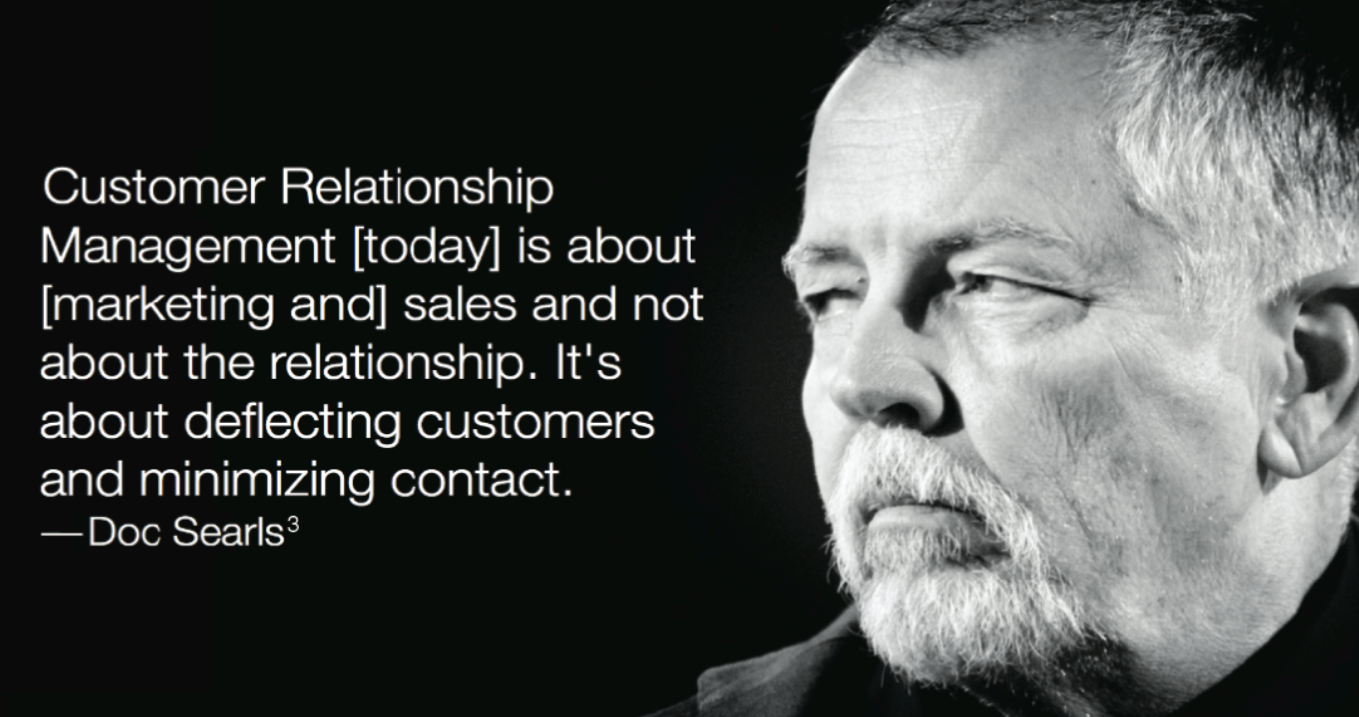
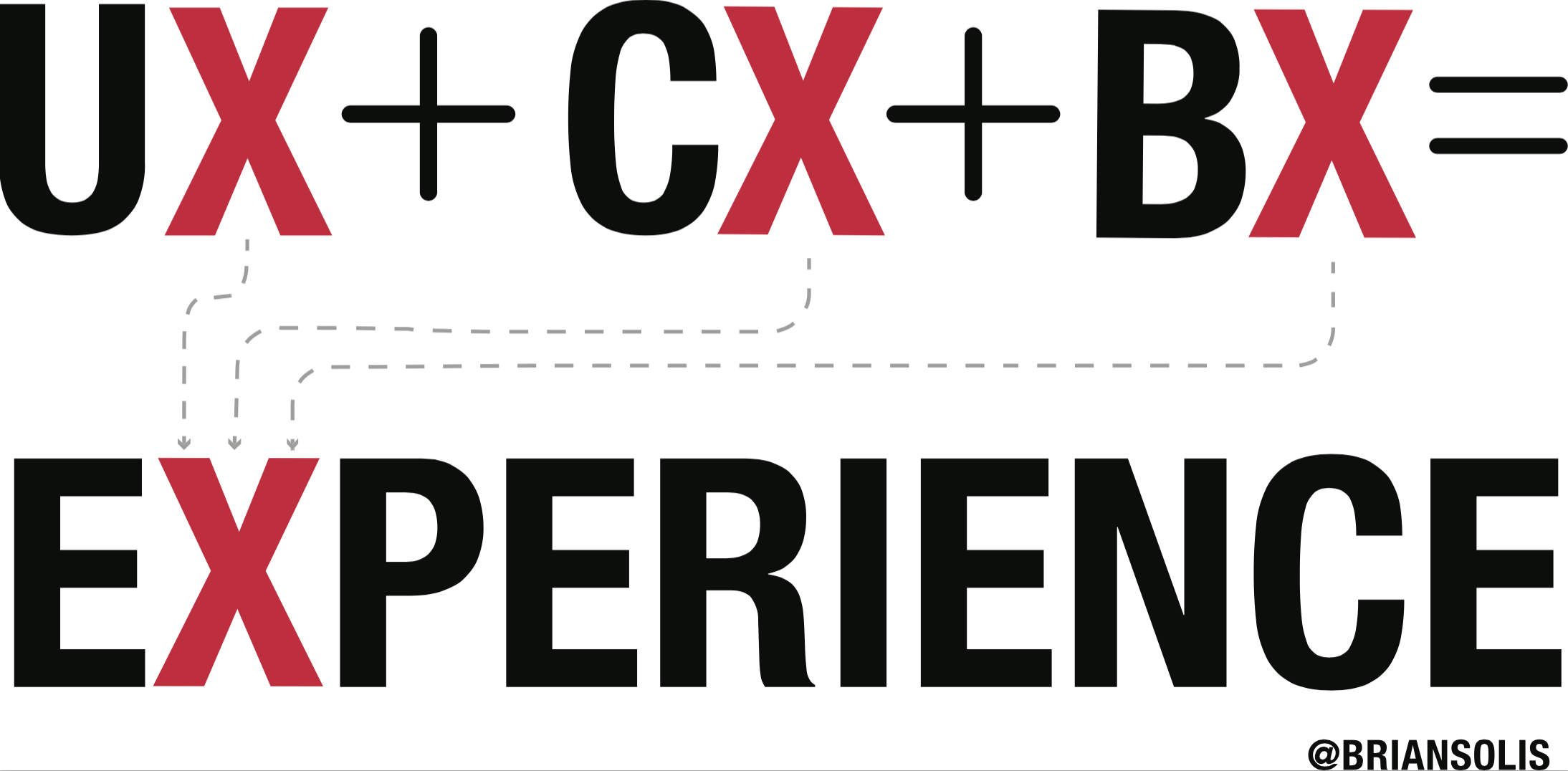
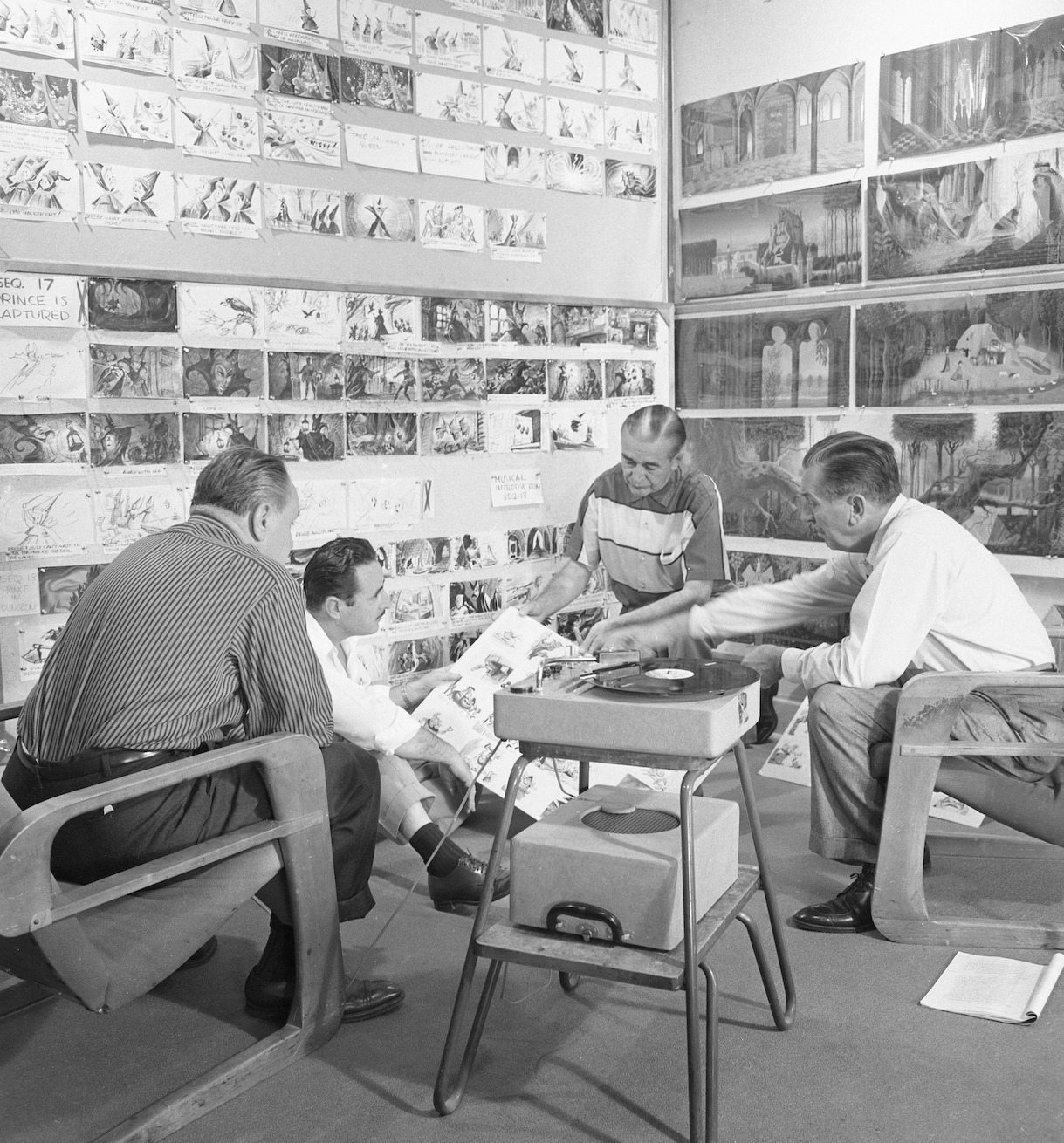


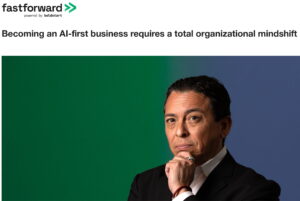
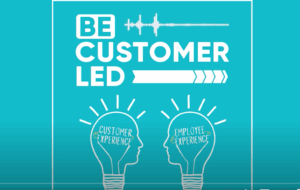



I’ve enjoyed reading this Brian and I learned a lot. It’s really true that with the web and with the social media today, everything seems to leave a trace. Nothing ever seems to die. A good customer experience/good customer review/feedback will forever stay on the internet. But this also true with poor customer experiences that were shared online. If we’ve failed to provide good service to our customers, we can’t prevent them from spreading the word about us. Once a negative conversation/comment/review starts online, we’ll forever be battling it. And that’s very sad.
i appreciate your comment Steph. It is also an invitation to be proactive about steering positive experiences to avert such possibilities…or minimize them. But it’s a completely different game then isn’t it? Companies actively trying to make sure you have great experiences and then reward you for sharing them! 🙂
You are welcome, Brian. Will be checking your blog more often for a lot more helpful nuggets.
You are welcome any time 🙂